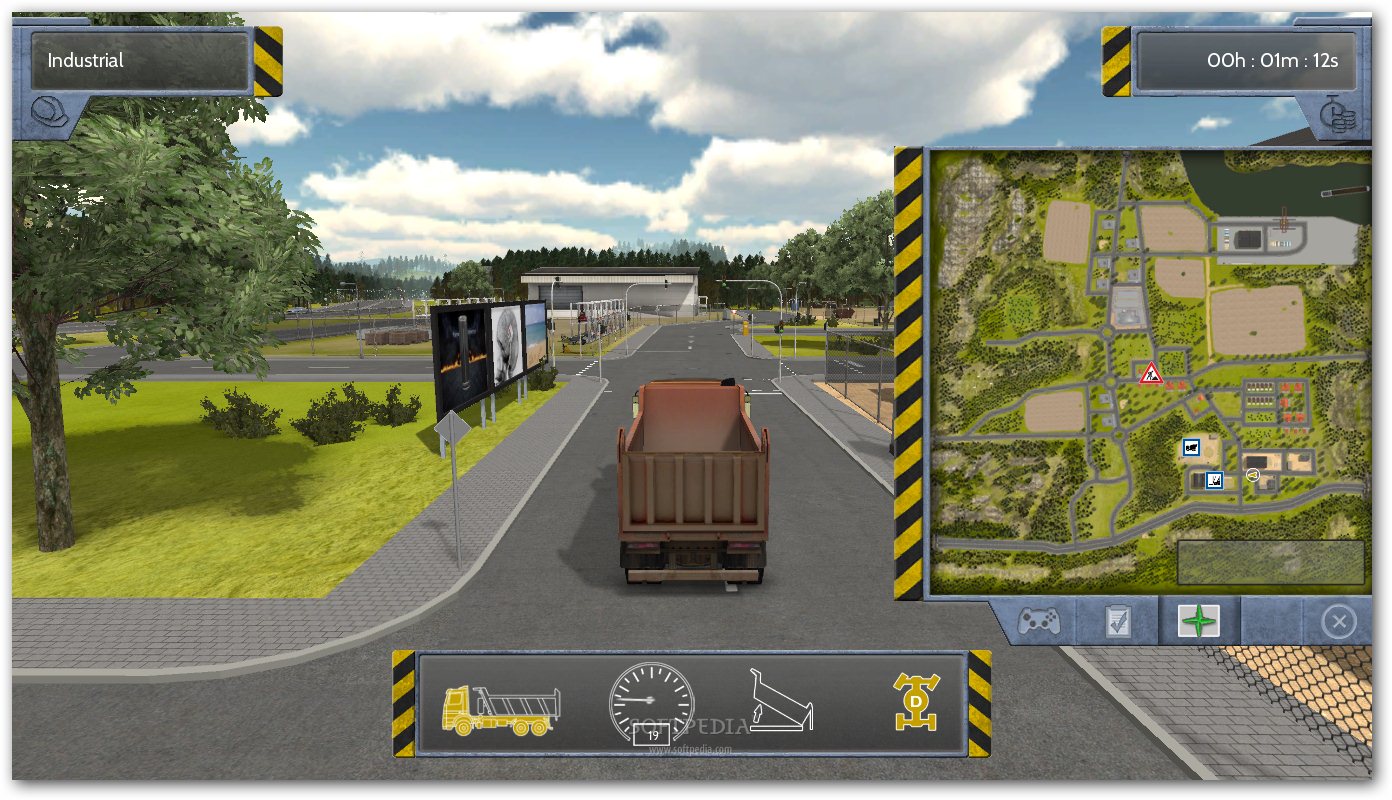
The 3.7 m (12 ft) diameter high gain dish antenna used on the Voyager craft As the program progressed, the name was later changed to Voyager, since the probe designs began to differ greatly from previous Mariner missions. Due to budget cuts, the mission was scaled back to be a flyby of Jupiter and Saturn and renamed the Mariner Jupiter-Saturn probes. Initially, Voyager 1 was planned as " Mariner 11" of the Mariner program. However, shortly before launch, strips of kitchen-grade aluminum foil were applied to certain cabling to further enhance radiation shielding. Information gathered by the Pioneer 10 spacecraft helped Voyager's engineers design Voyager to cope more effectively with the intense radiation environment around Jupiter.

In the 1960s, a Grand Tour to study the outer planets was proposed which prompted NASA to begin work on a mission in the early 1970s. Voyager 1 's extended mission is expected to continue until about 2025, when its radioisotope thermoelectric generators (RTGs) will no longer supply enough electric power to operate its scientific instruments. In a further testament to the robustness of Voyager 1, the Voyager team tested the spacecraft's trajectory correction maneuver (TCM) thrusters in late 2017 (the first time these thrusters had been fired since 1980), a project enabling the mission to be extended by two to three years. Two years later, Voyager 1 began experiencing a third "tsunami wave" of coronal mass ejections from the Sun that continued to at least December 15, 2014, further confirming that the probe is indeed in interstellar space. Voyager 1 crossed the heliopause and entered interstellar space on August 25, 2012, making it the first spacecraft to do so. Voyager 1 studied the weather, magnetic fields, and rings of the two gas giants and was the first probe to provide detailed images of their moons.Īs part of the Voyager program and like its sister craft Voyager 2, the spacecraft's extended mission is to locate and study the regions and boundaries of the outer heliosphere and to begin exploring the interstellar medium. NASA had a choice of either doing a Pluto or Titan flyby exploration of the moon took priority because it was known to have a substantial atmosphere.

The probe made flybys of Jupiter, Saturn, and Saturn's largest moon, Titan. At a distance of 159.20 AU (23.816 billion km 14.799 billion mi) from Earth as of March 27, 2023, it is the most distant human-made object from Earth. Real-time distance and velocity data is provided by NASA and JPL. It communicates through NASA's Deep Space Network to receive routine commands and to transmit data to Earth. Launched 16 days after its twin Voyager 2, Voyager 1 has been operating for 45 years, 7 months and 1 day as of ApUTC. Voyager 1 is a space probe launched by NASA on September 5, 1977, as part of the Voyager program to study the outer Solar System and interstellar space beyond the Sun's heliosphere.

In the SVG file, hover over a trajectory or orbit to highlight it and its associated launches and flybys. Plots 2 to 4 are third-angle projections at 20% scale.

Plot 1 is viewed from the north ecliptic pole, to scale. Markers denote positions on 1 January of each year, with every fifth year labelled. Heliocentric positions of the five interstellar probes (squares) and other bodies (circles) until 2020, with launch and flyby dates.


 0 kommentar(er)
0 kommentar(er)
